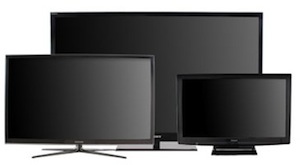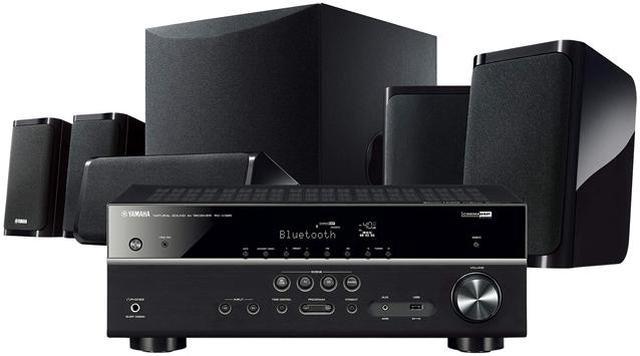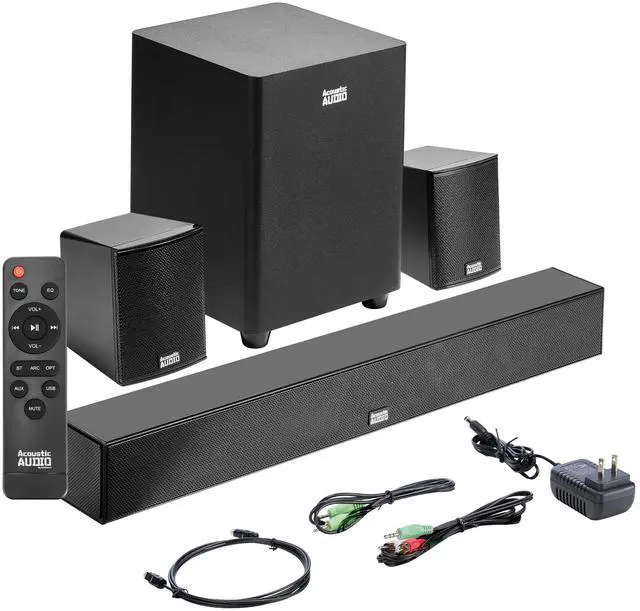Ten years ago, the biggest televisions were heavy and boxy devices. They took up a lot of room and could barely put out as much resolution as a standard DVD contained. Today, there are amazing machines available that make older models look downright antique. However, while any type you buy will be better than previous devices, you still need to make a difficult choice. Use this guide to find out if the best variety for you is a plasma TV, an LED TV or an LCD TV.

Plasma
The first type of HDTV to become available, plasma TVs are also some of the most interesting. That’s because they don’t require backlighting of any kind. The image is created by moving phosphors suspended in a liquid solution (referred to as plasma) and change based on electrical currents sent through them. Most monitors and televisions, such as in an LCD TV, need to be backlit so the image created by the chemical particles can come through, but the phosphors in a plasma TV are themselves illuminated.
The downside to plasma is, despite being more affordable than other types of HDTVs, this variety of television is also larger and boxier. That’s because the phosphors inside need more room to effectively create the picture being viewed as well as to remain lit. Plasma televisions also consume more electricity than their backlit counterparts because the bright phosphors need more energy to both glow and be moved quickly.
LCD TV
An LCD TV, or liquid crystal display television, can be considered to be the modern descendant of the digital watch. Instead of phosphors swimming in a chemical solution, an LCD TV features liquid crystals that change hue and brightness based on electrical charges. This kind of television does require a backlight inside, though it is relatively simple. In fact, illumination comes from a cold cathode fluorescent light (CCPL), which is almost the exact same thing as the fluorescent lights found in most homes and offices. LCD TVs are cheaper and thinner than a plasma television, and they stand up to direct glare particularly well thanks to the nature of the liquid crystals inside.
LED TV
The LED TV is the youngest entry into the HDTV category, but it is swiftly gaining in popularity thanks to its low energy consumption and thin frame. The LEDs (or light emitting diodes) that backlight the liquid crystal display use a very small amount of electricity and present perhaps the clearest picture of any HDTV available on the market. While it might not hold up to direct glare as well as an LCD TV (nor is it as inexpensive as a plasma model), an LED TV is an excellent choice for movie fans and gamers who want the clearest possible image.





